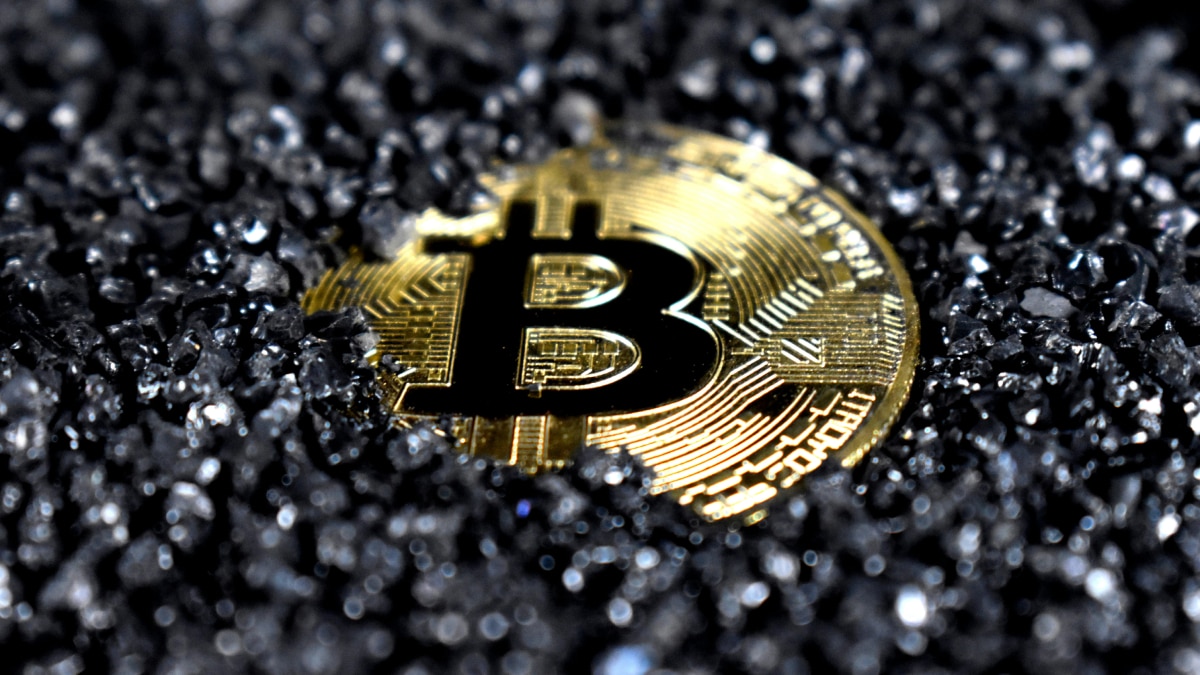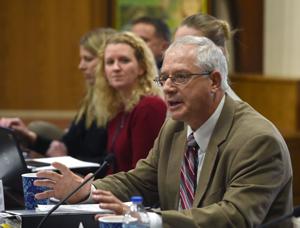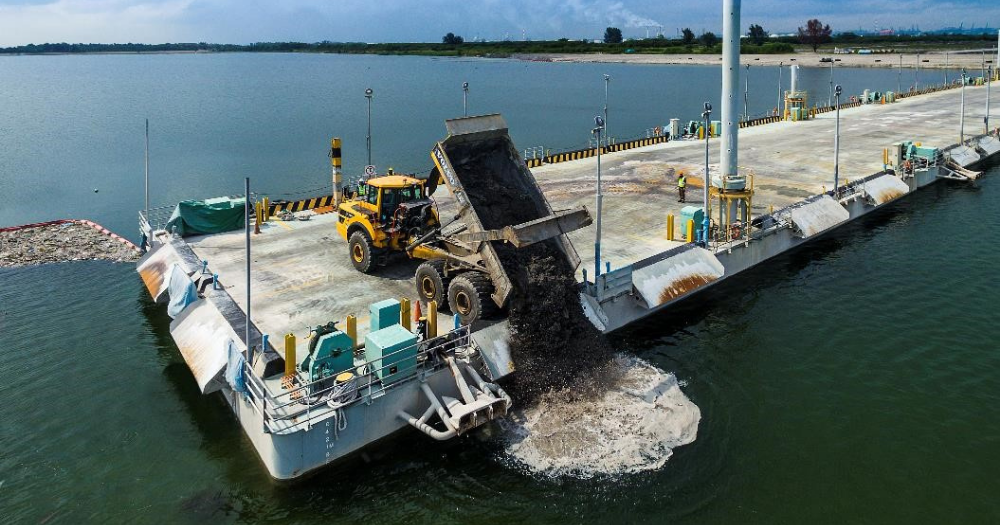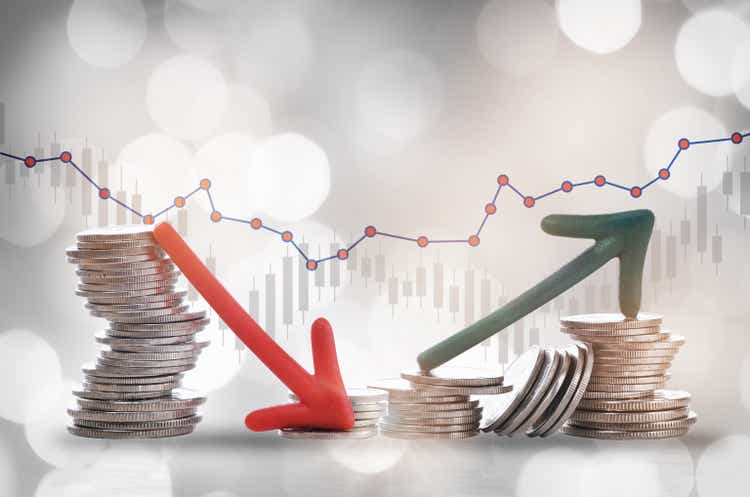
By Roshan Aslam Bitcoin’s bullish momentum following Donald Trump’s return to the Oval Office drove its price past the psychological $100,000 obstacle. This movement opened up a new horizon for Bitcoin’s future, supplementing the school of thought for establishing BTC as a mainline asset and more importantly — governmental participation. When Trump promised to make the US the crypto capital of the world, little was known about the impact it would create.
However, the entire crypto ecosystem has become susceptible to systemic reforms following his win, and as things stand now, the impact has resulted in enhanced governmental participation, some of whom have gone on to create strategic Bitcoin reserves. This comprehensive transformation of Bitcoin’s financial and future outlook is establishing it as an economically viable asset, uniquely positioning it as a worthy tool to hedge inflation and financial difficulties. In the USA, the Bitcoin Act of 2024 has provided the initial groundwork for strategic Bitcoin reserves to come into play soon — bolstering Bitcoin’s journey for the long term.

The widespread phenomena surrounding Bitcoin that is leading world governments to take note of Bitcoin in a new light is also providing the global economy a much-needed boost. The creation of strategic Bitcoin reserves not only indicates the addition of a new-age digital asset but positions it simultaneously with other mainstream assets and commodities like Petroleum, food grains, Uranium and others — safeguarding the governments from price shockers while enabling them with a unique way to balance against the global economy. What’s Expected From A Strategic Bitcoin Reserve? Governmental participation in Bitcoin itself indicates a changing narrative over Bitcoin, however, the creation of a strategic Bitcoin reserve indicates something deeper.
While it has several aspects, the creation of the strategic Bitcoin reserves indicates a change of economic narratives at the highest possible levels. BTC’s performance in the last few years bolsters its position as a risk asset, outperforming standard assets against global inflations, and the USA’s bid to accumulate more than a million BTCs by 2044 provides a new horizon for the world’s largest cryptocurrency and its stakeholders. Presently, the US Dollar acts as the world’s reserve currency.
However, as economic difficulties and the rising national debt of the country destabilise the USD’s role as the most potent currency out there — Bitcoin’s appreciation journey since the last decade means it could strengthen the USD as the global reserve currency and a strategic avenue to reduce national debts. Globally, key stakeholders are becoming highly interested in this idea, something that could be further supported by Cynthia Lummis, the Senator from Wyoming, whose Bitcoin Act is going to be pivotal in the USA’s Bitcoin future. At present, global governments are facing numerous economic challenges owing to several factors.
The USA alone holds a national debt of $35 trillion and the creation of a strategic Bitcoin reserve closely aligns with solving these challenges. It can be used as a counterweight to economic challenges like inflation, strengthening currency valuation and establishing a robust global digital economy. For example, in a scenario where Bitcoin’s price keeps appreciating, a USA-established strategic Bitcoin reserve could create up to $81 trillion in wealth — something that could be a welcome addition to the treasury, while also strengthening the USD.
BTC’s unregulated aspect promotes decentralisation, allowing countries to not depend on traditional foreign banking systems, and empowering them with financial sovereignty. Long Term Impact The establishment of a strategic Bitcoin reserve offers several benefits to countries that create it. To begin with, Bitcoin aligns itself simultaneously with legal tenders (currencies), further supplementing its strength.
Furthermore, the volatility of Bitcoin has decreased in the last few years as compared to before. This is owing to the rising adoption rates but institutional and government participation — an aspect that has created an ideal atmosphere for the creation of strategic Bitcoin reserves. As of October 2024, Bitcoin’s volatility outperformed that of Tesla, AMD and NVIDIA, indicating lowered risks associated with this digital asset.
Bitcoin’s digital aspect, along with its decentralised features means moving it is highly cheap and is a fast process compared to traditional assets like Gold and currency — which costs between 0.5 and 1 per cent of the valuation of the asset moved, along with security expenses. However, the most important impact of a strategic Bitcoin reserve would be that it could be mined rather than bought, and through the integration of renewable energy sources, something that is demonstrated by the Kingdom of Bhutan, which uses its significant hydroelectric sources to power its operation.
Comprehensively, this enables a global democratisation of this new-age asset and sets new benchmarks, transforming the future of cryptocurrencies and traditional assets. (The author is the Co-founder & CEO of GoSats ) Disclaimer: The opinions, beliefs, and views expressed by the various authors and forum participants on this website are personal and do not reflect the opinions, beliefs, and views of ABP Network Pvt. Ltd.
.















